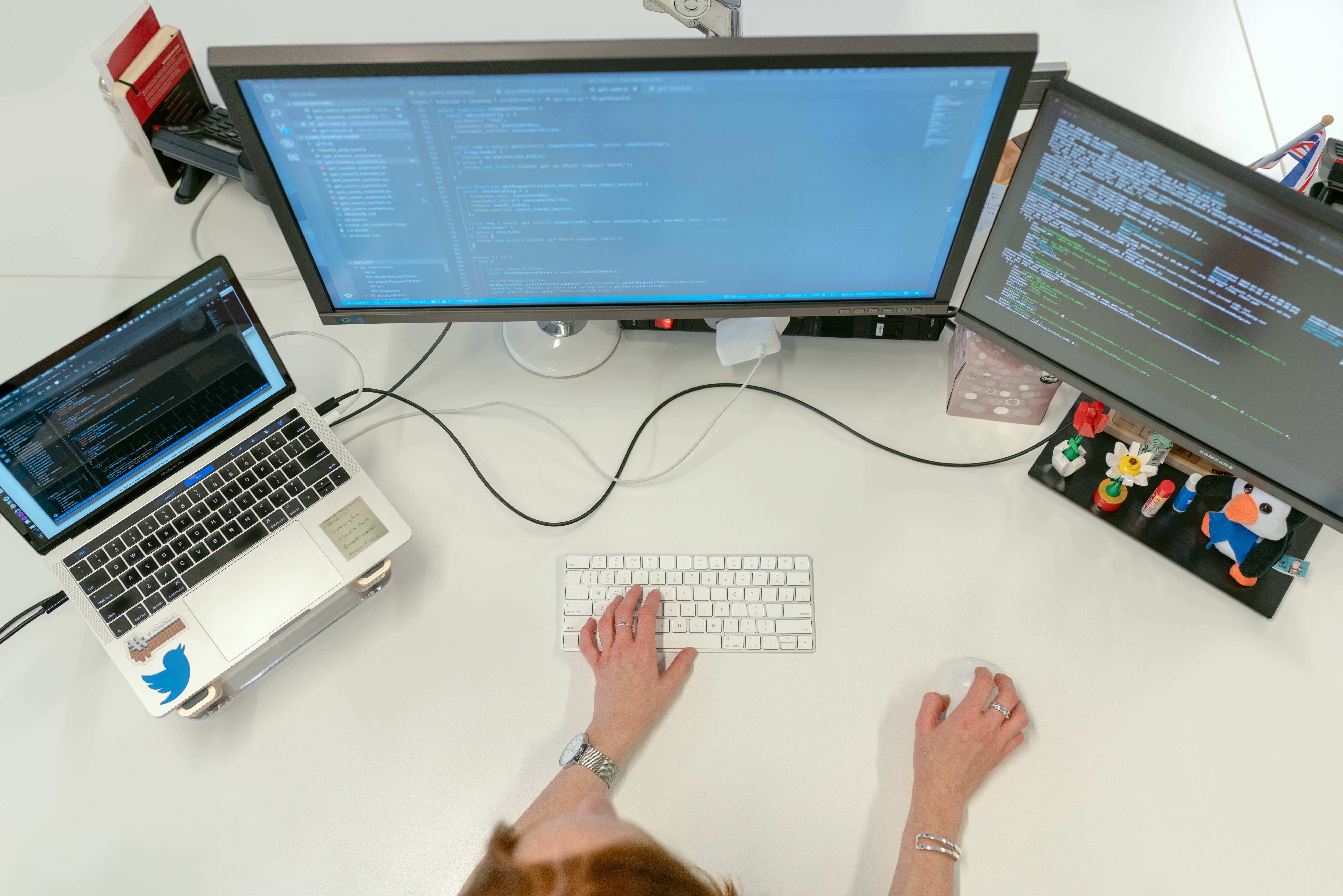
Artificial Intelligence and machine learning help enterprises reduce a plethora of tasks, leading to a more efficient operation. Besides, AI drives programmes and automation systems, which enhances the use of resources, improving resource utilisation.
Apart from traditional Internet security policies, enterprises can make use of AI technology for cybersecurity. AI technology can continuously analyze the data packet, estimating the normal flow. Enterprises can also utilise AI technology and machine learning to construct chatbots and voice assistants. AI-driven conversation interfaces help to answer some frequently asked questions, such as providing concierge services to customers at hotels as well as information regarding commodities. Through the assistance of AI, better analyses in customers’ reactions can be made. In other words, valuable feedback could be received in time. AI is affecting various industries, including the accounting and finance industries. A burgeoning number of enterprises are adopting AI technology in streamlining their operating processes. Not only the accountants, but the entire finance industry are working towards automation.

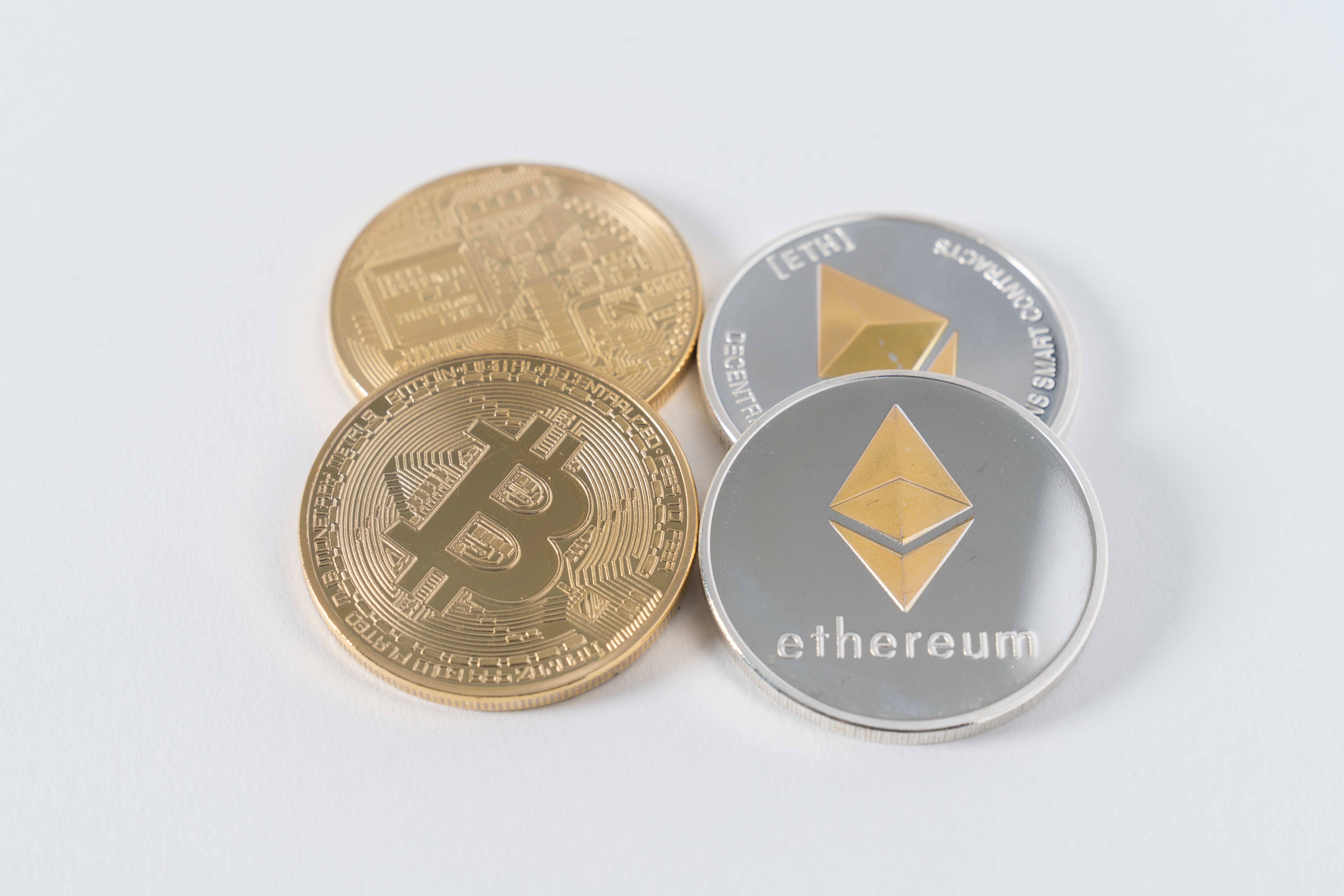
Blockchain can be applied in any area, bringing huge impacts to business activities and our daily lives. Blockchain could be divided into proof of existence, smart contract, Internet of Thing, ID identification, market forecast, asset trading, e-commerce, social communication, file storage, information API and so on.
Leveraging the features of blockchain, information could be encrypted, making it hard to be manipulated or highly transparent and traceable. Therefore, Internet providers will be able to provide better services, optimize the internal program and thus, coordinate better with the external enterprises’ API, shaping a trustworthy and safe environment. Firms can also capitalise on blockchain technology and its complementary resources to take a balance between malleability and ductility. For instance, smart contracts and blockchain wallets could connect with external financial institutions seamlessly.
Cloud Computing provides assistance in calculations based on the information from the servers of the Cloud operators. Cloud operators are able to employ cloud services to transfer various types of information, including data, server, analysis and many other functions. Everything could be operated, saved and accessed using Cloud.
IaaS provides cloud operators the calculation resources, including the Internet, storage, server and virtualization, accelerated Internet and storage saves companies time, effort and talents in maintaining hardware equipment. PaaS allows teams to develop, manage, access and send applications directly in the Cloud platforms. SaaS is a cloud software access that can provide suppliers for users. Users do not need to install any application but use just the WEb or API for the Cloud network access. Teams could make use of application storage, analysed information or collaborative work. Users do not need to be worried about any hardware and software problems, providers will be in charge of the upgrade of both softwares and hardware, as well as security updates and maintenance.取位在遠端的雲端網路上,團隊能夠透過應用程式儲存、分析資料、或是協同進行專案。使用者不必擔心任何硬體與軟體的問題,提供商會負責軟硬體的升級以及安全性修補的維護。
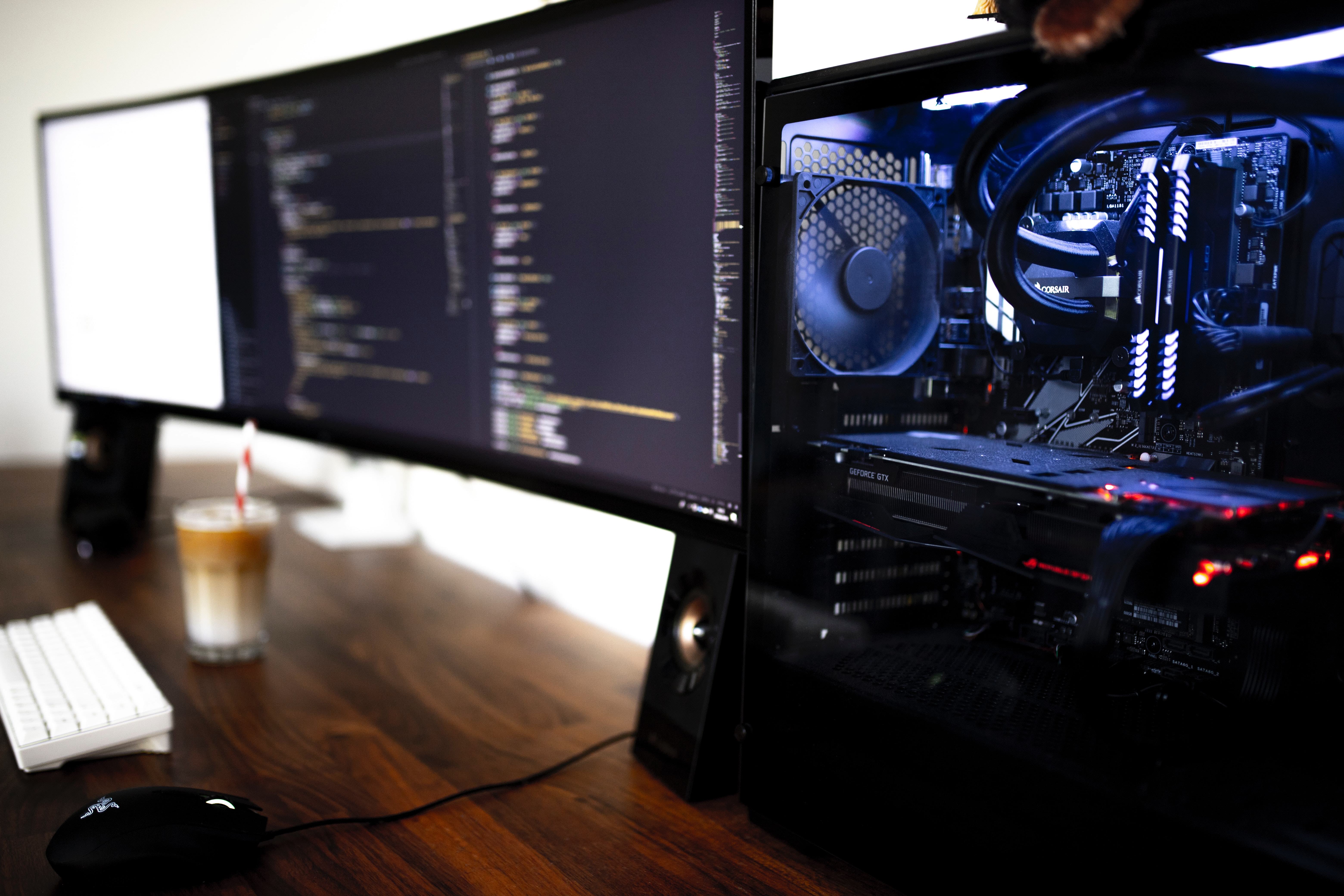
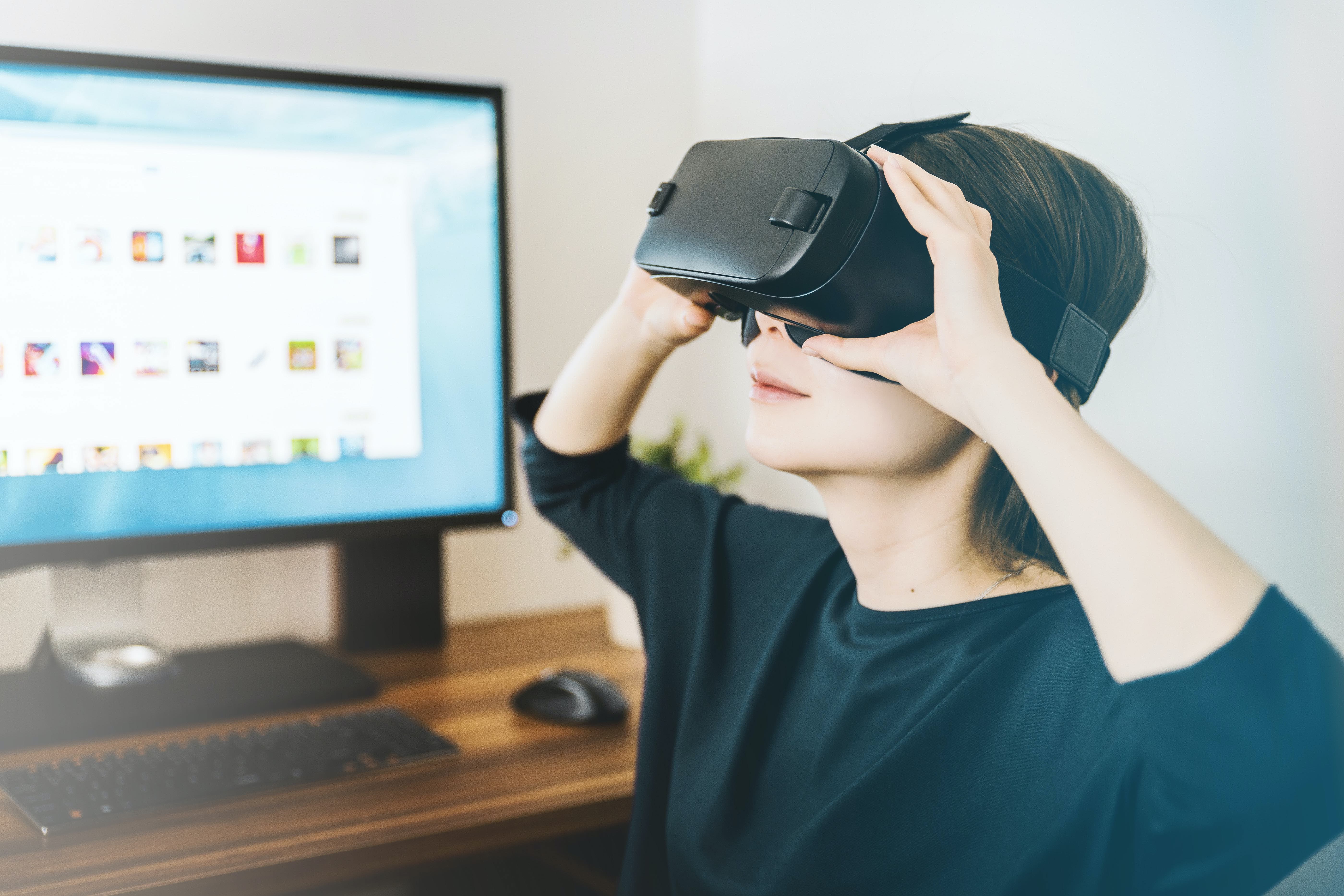
AR technology helps make digital content a part of the physical world by the use of a device. The applications of AR technology are most common in mobile phones and tablets. Though what AR shows does not occupy a real space in the world, the virtual digital contents added using AR technology, lead to a combination of the virtual and the real world. AR is a highly-interactive technology.
Retailers can use AR technology to visualise 3D models in real-time, connecting online shoppers, allowing consumers to have a taste of the products at home before making the order. Designers and architects can take advantage of the 3D models to reduce the uncertainty of consumers. From the perspective of education, the 3D model allows students to observe from various angles, encouraging students to understand and learn more subject knowledge. Posters, videos or product displays presented with the AR-enabled device allow consumers to understand and observe the products in greater detail. This kind of physical sales model will enable consumers to have a better product experience, the emotional analysis system built using both AR +AI can even trace and analyse the consumers’ signals in the interactive purchasing process, helping salesmen and marketing practitioners to make more accurate responses to boost the sales.
5G is an upgrade of mobile network, satellites and power cables and underground cables which represents the Internet speed in this generation.
5G could provide users with entertainment services to generate profits. These kinds of services include high-quality video streaming, AR applications and VR applications, online games and video meetings. The network must include the passengers of the public transportation system in the entire district, especially passengers who take high-speed transportations, in a bid to provide service in high efficiency and conformity. The high-speed rate and low latency features are very suitable to provide an immersive experience for thousands of audience during large-scale sports events. Through Virtual Reality streaming technology, consumers can feel as if they are on the scene. Consumers can choose different cameras to view from various angles and replay with just one click. The use of VR technology can enhance the detail, leading to a better streaming experience. 5G’s large capacity can also ensure the capability of telecommunications service providers in supporting users’ activities, such as online betting, shopping, food pre-ordering, or sharing on social media platforms.


Collaborative robots are regarded as nimble automated tools, they are suitable to be used in high-mix, low-volume manufacturing. Simply coded collaborative robots can interchange between different procedures quickly. A collaborative robot is capable of doing different tasks, allowing small enterprises with “family-size factories” to be equipped with various manufacturing capabilities under limited budgets. Apart from this, the design of collaborative robots serves as assistants for staff, which allows staff to work with these robots closely and safely, and helps staff to get rid of dangerous, tiring and repetitive tasks. Hence, staff can be exposed to less danger at the workplace, and have more time for more meaningful tasks.
After 2020, hacker issues will continue to persist. The tactics adopted by hackers will be more complicated along with technological advancement, and their attack targets may change to where the data locates.
Valuable data, which have resale values or could be the ransom for blackmail, will be easily targeted by hackers, leading to a high risk of information leakage.Please note that bypassing face, voice and fingerprint authentication systems are not difficult,information leakage is far more serious than changing passwords or tokens. The use of online tokens or any similar methods are also available, but these are the icing on the cake. The prerequisite of undergoing authentications is the security of these kinds of information as hackers will capitalise on this information to bypass authentications.
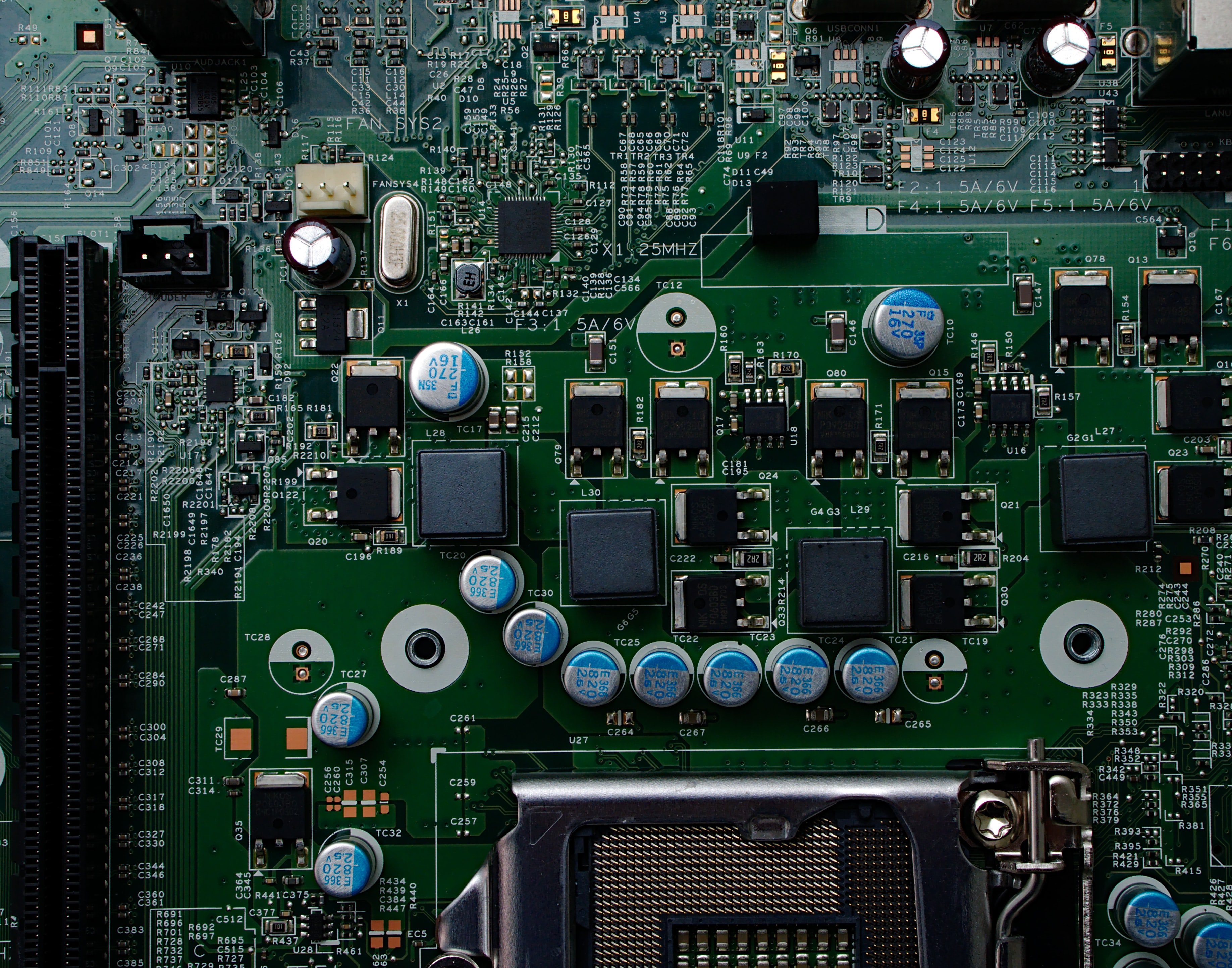
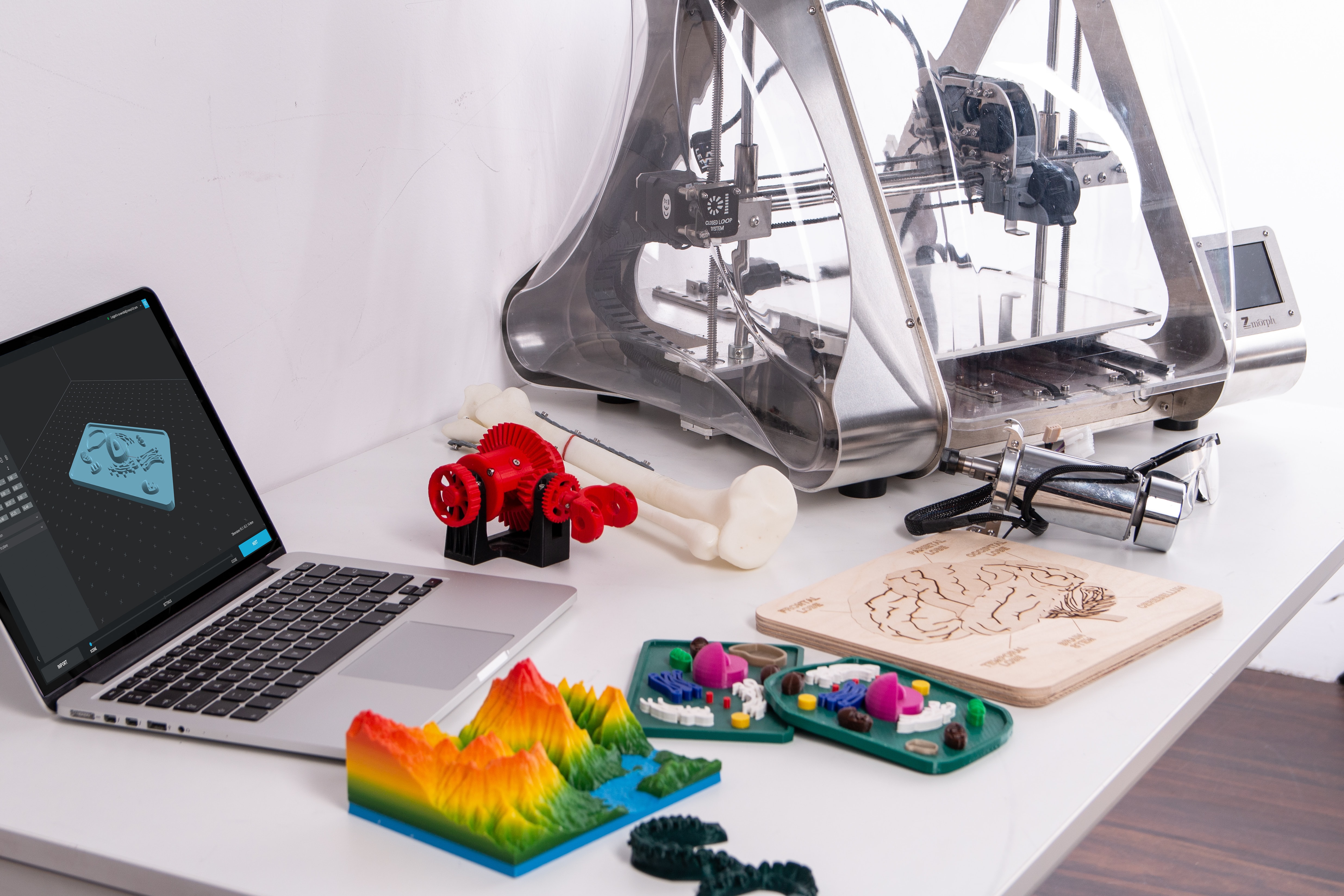
One of the benefits of 3D printers is the reduction in resources and energy usage. As long as 3D printers are well-designed (Stage that incurred the highest cost), the margin costs will continue to fall when the production scales keep increasing.
3D printers are capable of printing plastics, ceramics, glass, polymeric materials, mixed material, biomimetic materials and metals, which could be used for producing prototypes, tools, jigs and finished products. 3D printing allows product customisation with high accuracy, which can reduce the cost of products and allow finished products to enter the market quickly.
Edge computing shortens the distance between the endpoints of public clouds to the endpoints of any terminal unit. Hence, the computing and analytic features can be sustained, and thanks to the shortened distance between two ends, low latency can be achieved. Edge computing is a solution under situations with large data traffic and immediate responses.
Compared with cloud computing, edge computing has the advantages of flexible deployment and immediate responses, which helps system integration providers and equipment manufacturers to develop and import. AI face recognition has already been widely applied in divergent situations, such as retailing, finance, offices, factories and security. For instance, smart monitoring systems have been adopted in airports, sport centers, commercial buildings and even for border patrol. In a bid to take control of the situations and respond immediately, it is necessary to equip AI analytical engines at the edge ends. Smart care and medical services are also examples of edge computing. Through the video and image analysis, easier management can be attained when monitoring children and elderly in daily life or tracing the situation of each patient, each bed and each set of medical equipment immediately.
